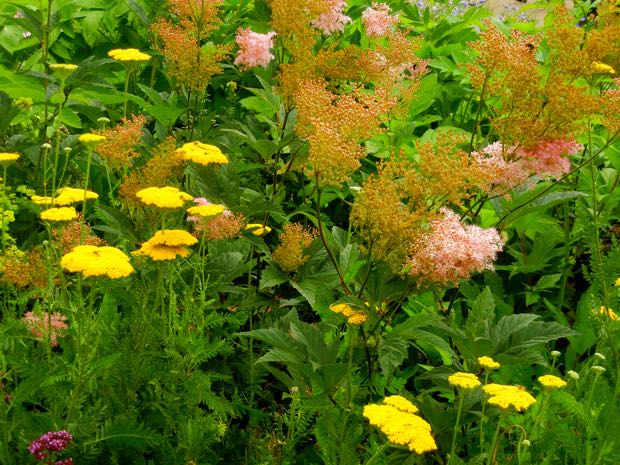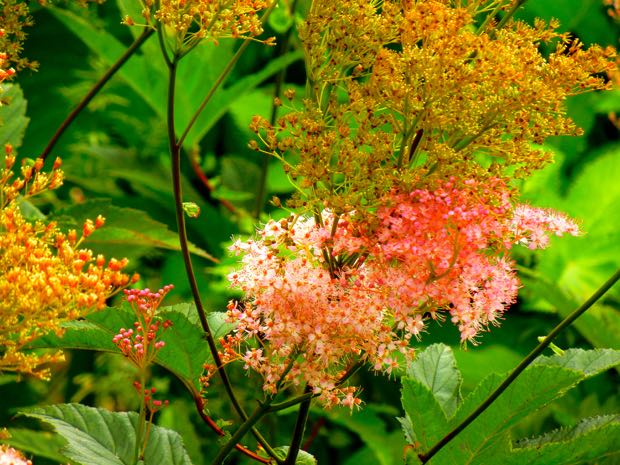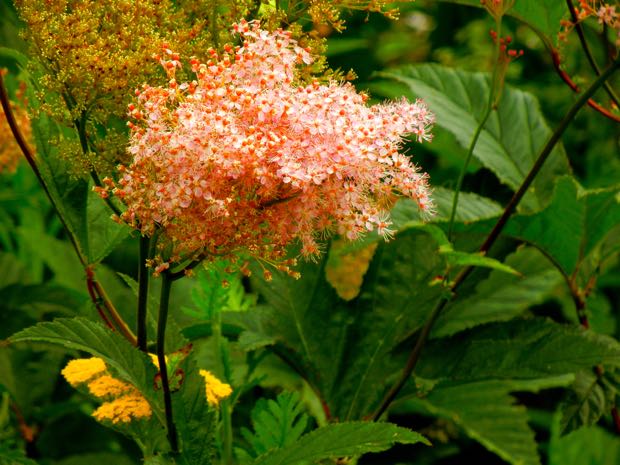Cultivating Filipendula rubra ‘Venusta’ – The Queen of the Prairie
Filipendula rubra ‘Venusta’, commonly known as Queen of the Prairie ‘Venusta’ or Meadowsweet ‘Venusta’, is a rhizomatous herbaceous perennial and a hybrid plant belonging to the Rosaceae family. With its impressive height of up to 8ft (2.5m), this clump-forming beauty adds elegance to any garden or border. Native to North America and considered endangered, Filipendula rubra ‘Venusta’ boasts clusters of fragrant pink flowers and deeply cut, bright green leaves, creating a stunning display of color and texture.
Growing Filipendula rubra ‘Venusta’:
Sun and Soil Requirements: Plant Filipendula rubra ‘Venusta’ in a location that receives full sun or partial shade. It thrives in moist, humus-rich soil, whether well-drained or poorly drained. However, it is crucial to provide consistent moisture to support its growth.
Watering: During the first year after planting, regular watering is essential for the establishment of Queen of the Prairie. Once established, it becomes more drought-tolerant, although it benefits from occasional watering during extended dry periods.
Fertilizer: Filipendula rubra ‘Venusta’ does not require excessive fertilization. A light application of a balanced fertilizer in the spring will provide the necessary nutrients to support healthy blooming.
Deadheading: To encourage continuous flower production, it is advisable to practice deadheading. Removing spent flowers helps redirect the plant’s energy toward producing new blooms.
Pruning: In the spring, consider pruning the Queen of the Prairie to shape the plant and remove any dead or diseased branches. It can also be pruned to control its size if it becomes too large for the intended space.
Pests and Diseases: Filipendula rubra ‘Venusta’ is generally resistant to pests and diseases. However, it may occasionally be affected by aphids, spider mites, or powdery mildew. If any signs of pests or diseases are noticed, promptly treat them with appropriate pesticides or fungicides to prevent further damage.
Propagation: To propagate Filipendula rubra ‘Venusta’, you can either collect and sow seeds or divide the plant every few years. Dividing the plant not only helps maintain its health and vigor but also provides an opportunity to expand your garden with new specimens.
Additional Features and Benefits:
- Queen of the Prairie is known for its deer-resistant properties, making it a suitable choice for gardens frequented by deer.
- Its attractive flowers and nectar-rich blooms make it a valuable addition to pollinator gardens, attracting bees, butterflies, and other beneficial insects.
With its showy pink flowers, vibrant foliage, and low-maintenance nature, Filipendula rubra ‘Venusta’ is an excellent choice for gardeners looking to add beauty, fragrance, and ecological value to their landscapes.







